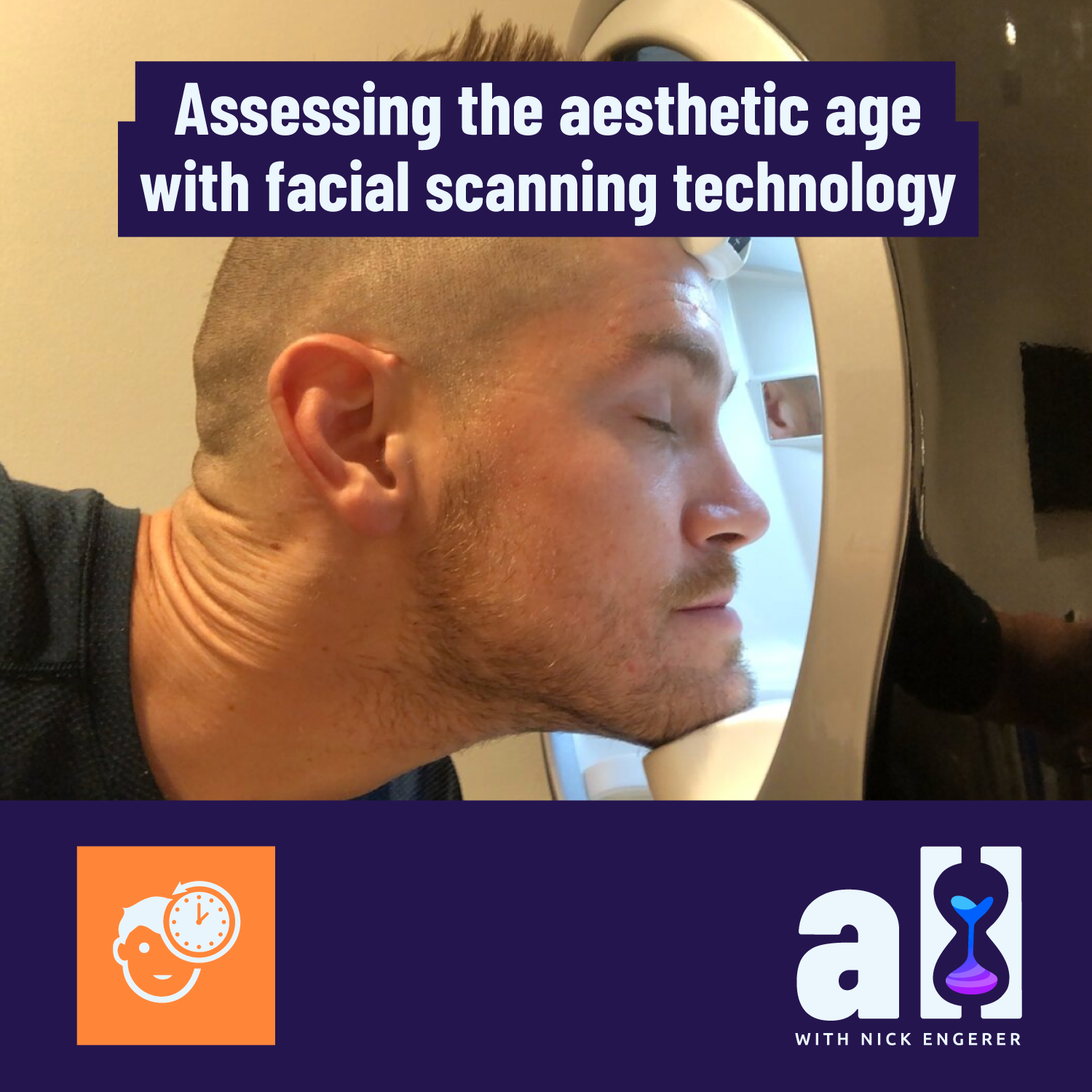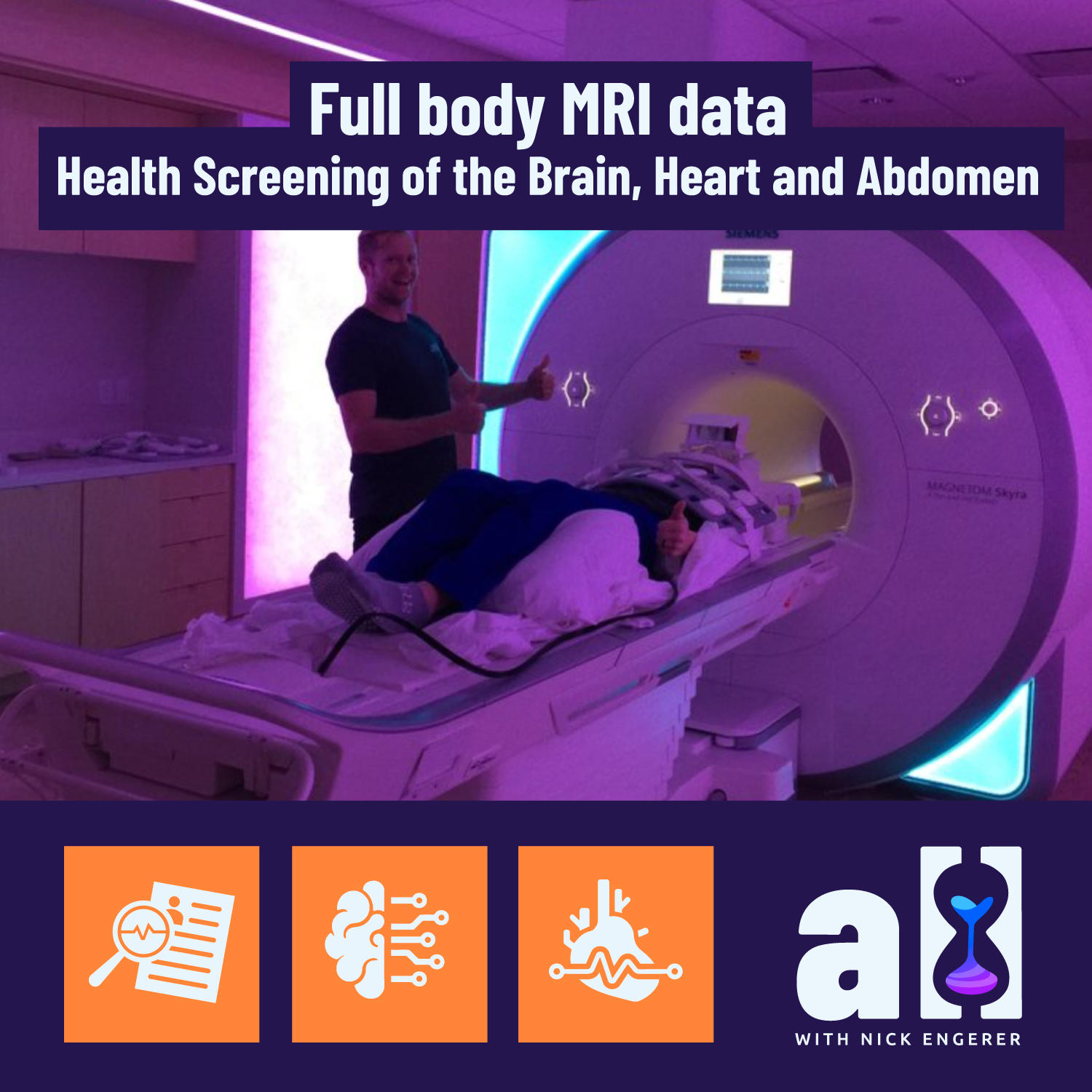
Assessing the aesthetic age with advanced facial scanning technology

Full body MRI data: health screening of the brain, heart and abdomen
What is a 3D full body MRI and what did I learn from completing one at the Health Nucleus in San Diego?

